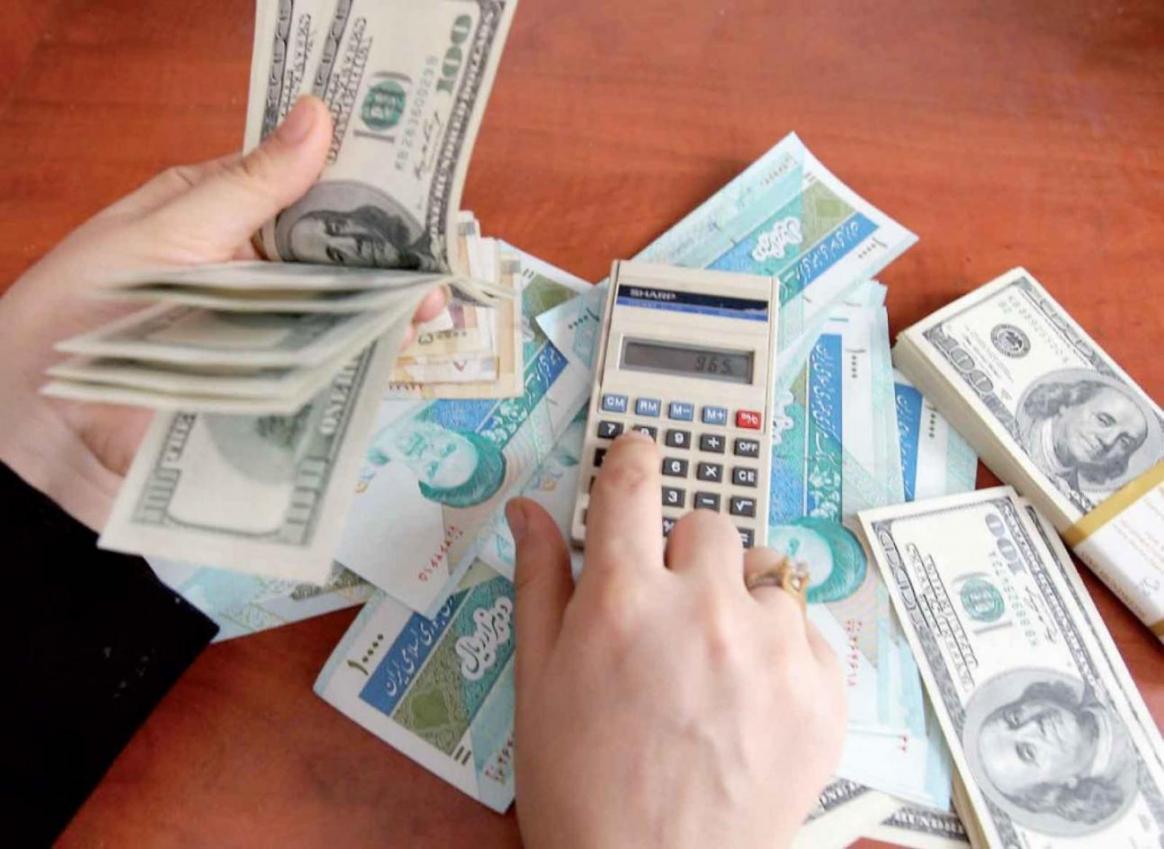An economist has predicted that the government will soon create a unified exchange rate regime and try to keep the dollar price floating between 32,000 rials and 33,000 rials.
"If 2002 is set as the base year, inflation will reach 15% by the end of the (current Iranian) year (ending March 20). So the government could fix a unified single exchange rate somewhere between 32,000 to 33,000 rials per dollar," Farshad Fatemi, head of the economics school at Sharif University, said in an interview with Eghtesad News. "The rate will not necessarily differ from the current rate."
Central bank officials have repeatedly talked in recent weeks about an idea to have a single exchange rate system but they have failed to put forward a practical proposal.
Despite clouds of ambiguity over the issue, the Rouhani administration has remained committed since last year to stabilize the foreign exchange market, given the profound impact of exchange volatility on other markets.
Currently Iran has a multiple exchange rate system, with currency prices depending on where it is bought. The dollar from the Central bank is traded slightly more than 26,600 rials and the free market rate is hovering at 32,000 rials.
The central bank’s target is to reach a two percent difference only between market and official foreign exchange rates. This would be a return to market conditions back in 2002, says an official in the CBI, when the bank was able to trade the dollar for 7,900 rials, and the official and market rates were close to each other.
So the administration seems to be obliged to move towards implementing a unified exchange rate system sooner or later, analysts say. The question that arises here is whether the government can fulfill this objective by the end of the year in view of existing technical and fundamental obstacles.
Many experts believe that the current stagflation does not allow the government to reform the foreign exchange rate system, but some others argue it's vital for the government to remove rent seekers benefiting from cheap exchange rate at a time when foreign currency reserve is scanty.
“The government has to come up with a concrete plan for setting single exchange rate and make it clear for business people so that they can plan for their future activities,” Fatemi said.
The government has to ensure businesses that there is a “mechanism” in place for exchange rate to forecast possible fluctuations in 3 or 9 months time. The government should feel “committed” towards importers and exporters, Fatemi added.
In the meantime, if the real exchange rate is to be introduced as the basis, it is very important to decide on the year to serve as the base year. To this end, 2002 seems to be a suitable alternative as it was the year when the single exchange rate system was achieved.
The lack of transparency in the mechanism allows the governments to facilitate imports as soon as they access resources in the market, he said, "Generally, in the short run, the rate itself may be important for traders but in the long run, it is the predictability of economy and the mechanism the government uses to keep the lid on exchange volatility that matters."
Uncertainty in Market
Meanwhile, uncertainty over the future of sanctions is the main impediment to having a single exchange rate system as it makes it difficult to predict the future of recession and the exchange market. However, what is crystal clear is that two exchange rates have never helped economy boom, Fatemi said.
“The bitter experience gained in the 80s when cheap foreign exchange was used in Iran to make huge investments in industrial units and towns is an unforgettable one in the history of economy; therefore, it is certain that the path to exit recession does not pass through a two exchange rate system,” Fatemi asserted.
When the government interferes with the exchange rate, the behavior of households and firms change as cheaper supply of imported goods makes them abundant in the consumption basket, the economist said.
"For instance, when the government removed subsidies on wheat, bread wastes decreased. Thus, the price mechanism sends a message to firms and households suggesting them how to optimize production and consumption. Any damage to this mechanism result in inefficient decisions," he concluded.


